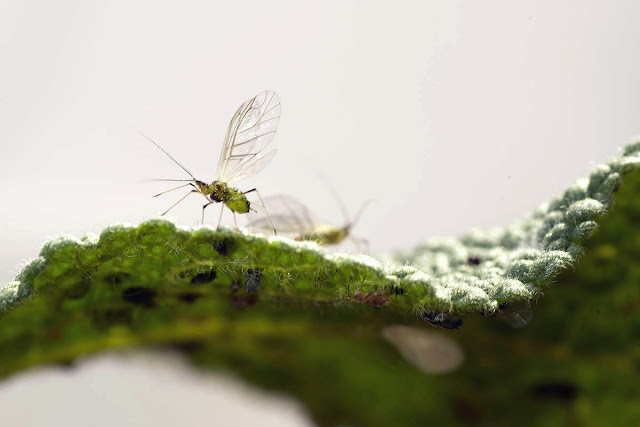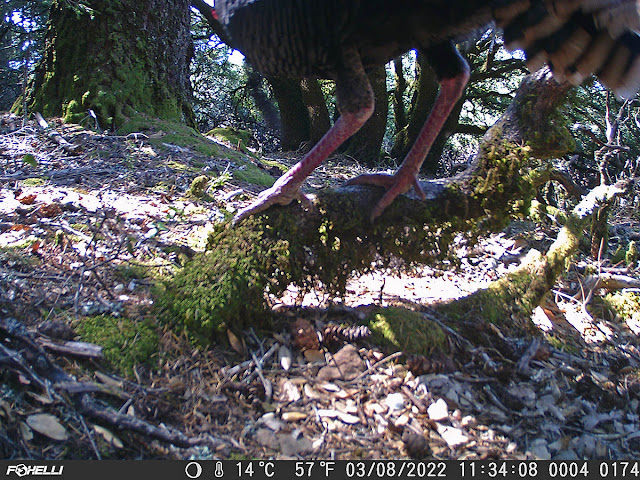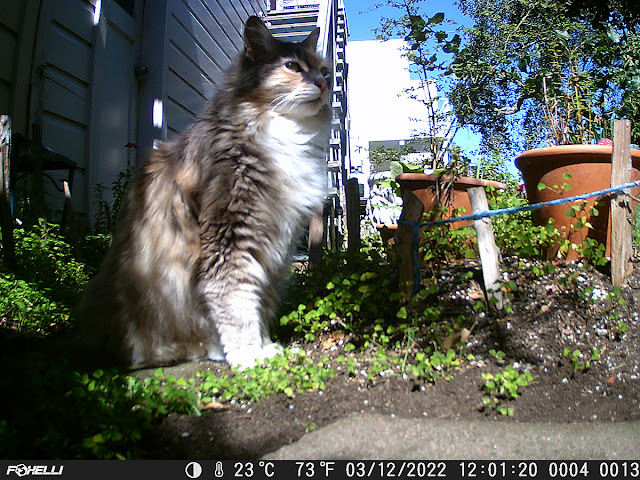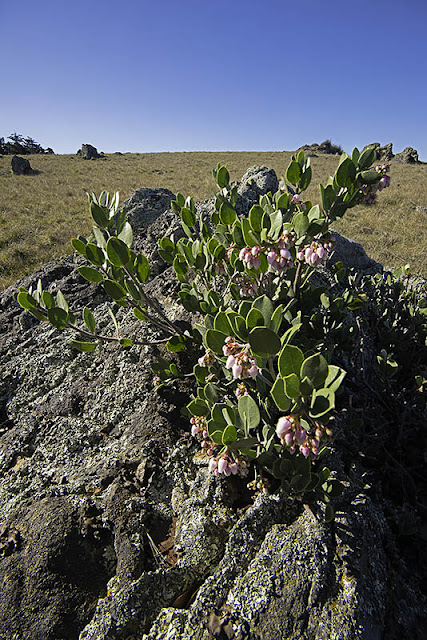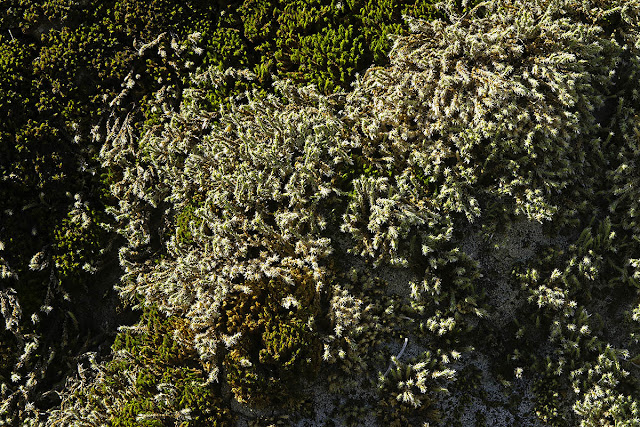There's a saying about "the march of time," and I can see how some people might like their time to be cadenced, orderly, and on the move. But in my own experience it feels like time flows through me like wind through the trees. I shot the photo above in March of 2012, and it's amazing to me that ten years have passed since then.

Records for San Francisco indicate that rainfall was 70 percent of normal in 2012, directly on the heels of a 66 percent year in 2011. This shot of Lower Cataract Falls was made almost twenty years ago, in March of 2003, a year that saw rainfall at 107 percent of normal.
The 2020 and 2021 rainfall years were both below 50 percent of normal.
And I suspect this year will be similar.
I was browsing through my Mt. Tam images to find out what I've seen and photographed in March in other years. Even though I could probably find images like these again this year, my heart isn't in it.
And come to think of it, I haven't even seen a calypso orchid yet this year. Not that I think there aren't any, but they certainly aren't jumping out at me.
When I biked up to the mountain to check my trail cams I was dismayed by how dry it seemed. It felt like summer, and it was even starting to get a little buggy.
Walking the animal trail through the woods was as noisy as walking on corn flakes. Birds called from the woods. Holding my phone, I waited slightly impatiently for a couple of hikers to pass. "Do you see a hawk?" one of them asked. No, I said, I'm trying to get a recording of that birdsong so my Merlin app can identify it.
Yellow-rumped warbler. Farther along I thought the app was getting it wrong. Could that really be a dark-eyed junco? But the app was insistent. Still farther along, ruby-crowned kinglet, western bluebird. All birds I can identify by sight, and even by some of their sounds, but nesting season breeds rare songs.
The bobcats and coyotes might be hanging out lower on the mountain. None have passed by the cams in a good while.
I tried another chaparral set-up that I had high hopes for, with this nice little view up an arroyo.
But there was surprisingly little activity there. A fox and a jackrabbit crossed the arroyo, and a few deer browsed their way down through the middle of the frame. One of the deer had a very big, round belly and was probably expecting her fawn very soon.
It was so dry that I decided to pull up stakes and move both cameras.
I'm down to two cams now. One was stolen, another washed away in a flood, and a third one stopped working.
I haven't decided where to put the cams next, so for the time being I put one of them in our tiny back yard. In the meantime, here's hoping we get some decent rain the rest of the month.
* * *


